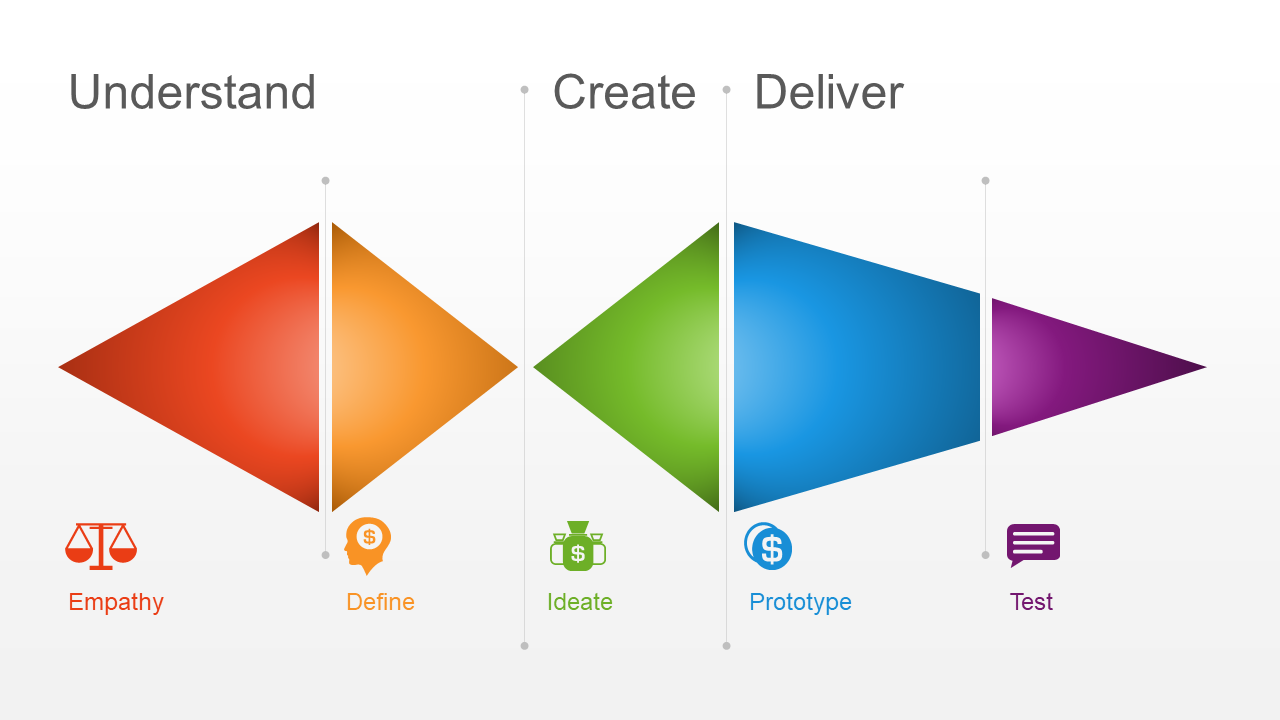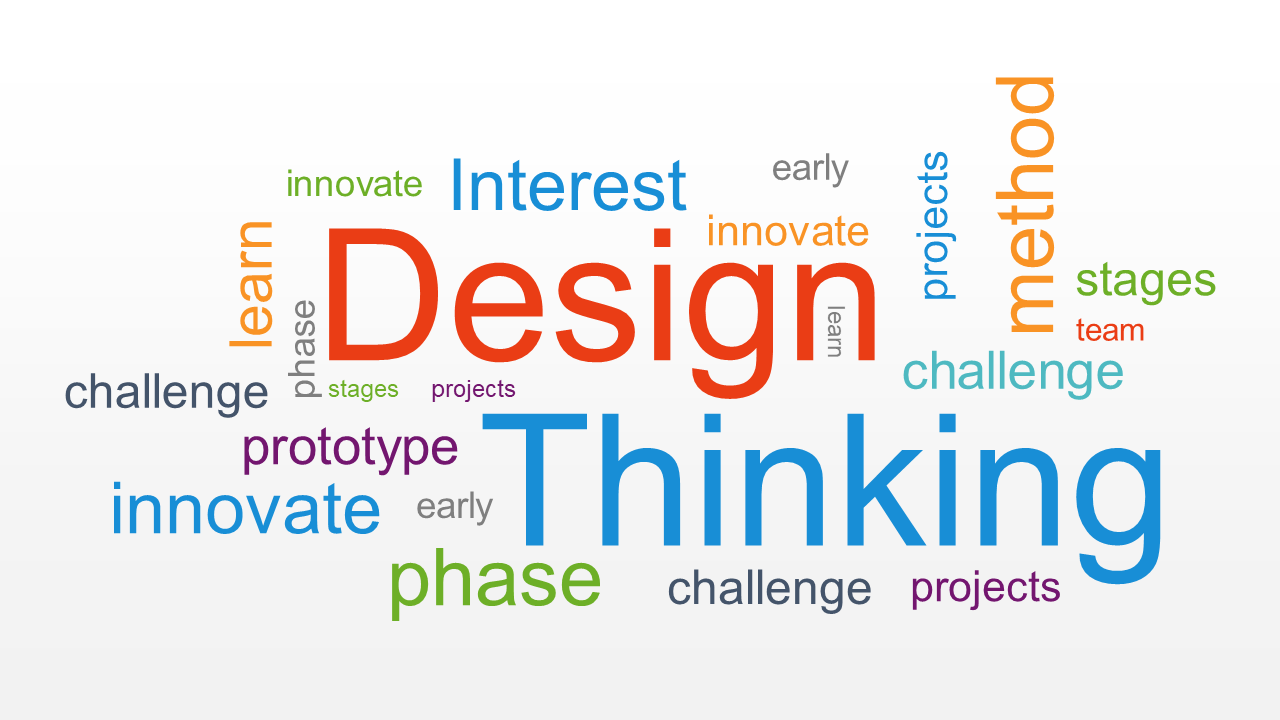What is Design Thinking
Learning Design Thinking with an Example of a Senior Citizen Mobile App
The process typically includes five stages: Empathize, Define, Ideate, Prototype, and Test.
 Design Thinking Stages
Design Thinking Stages - Empathize: In this stage, the goal is to understand the needs, wants, and constraints of the user. This can be done through research methods such as interviews, surveys, and observation. For example, a company developing a new mobile app for seniors may conduct interviews with elderly individuals to understand their needs and pain points when it comes to technology.
- Define: Once the research is completed, the problem or opportunity is defined by synthesizing the information gathered in the empathize stage. This stage helps to understand the users and the challenge at hand. For example, based on the research, the company developing the mobile app for seniors may define the problem as a lack of user-friendly technology for older adults.
- Ideate: In this stage, the goal is to generate a wide variety of ideas to address the problem or opportunity defined in the previous stage. Techniques such as brainstorming, mind mapping, and sketching can be used to generate ideas. For example, the company developing the mobile app for seniors may generate ideas such as a larger font size, simplified navigation, and the ability to call emergency contacts with a single button press.
- Prototype: The prototype stage is about building a physical or digital model of the best ideas generated in the previous stage. The prototype can be simple or complex, and it is used to test the ideas and gather feedback. For example, the company developing the mobile app for seniors may create a simple paper prototype of the app with a large font size and simplified navigation to test with elderly individuals and gather feedback.
- Test: The final stage is about testing the prototype with users and gather feedback. This stage helps to validate or invalidate the assumptions made in the previous stages. Based on the feedback, the prototype may be iterated upon. For example, the company may test the paper prototype with a small group of elderly individuals and gather feedback on the font size, navigation, and emergency contact button. Based on the feedback, the company may make adjustments to the design before developing a final version of the app.


 RSS Feed
RSS Feed